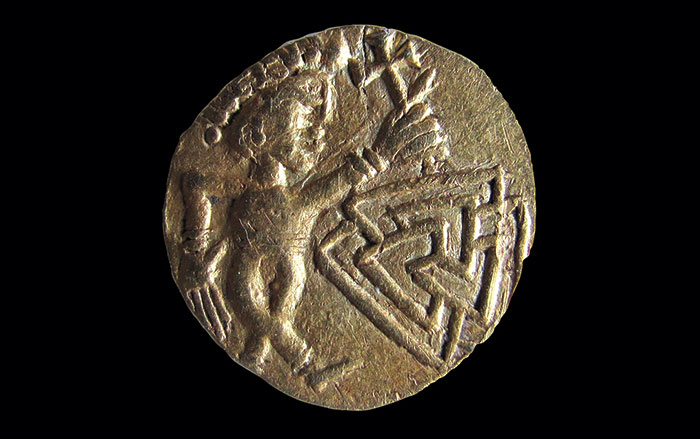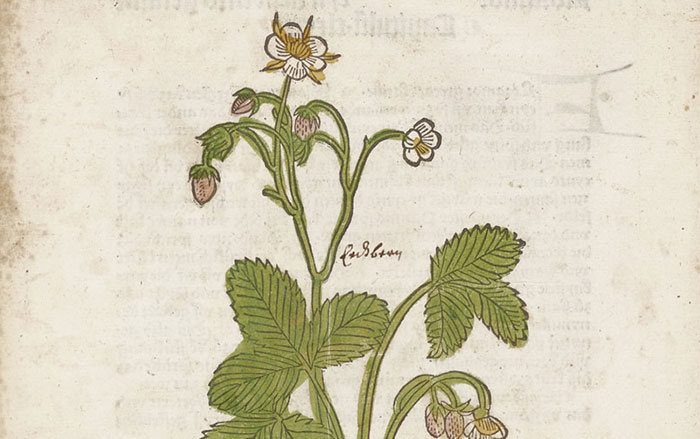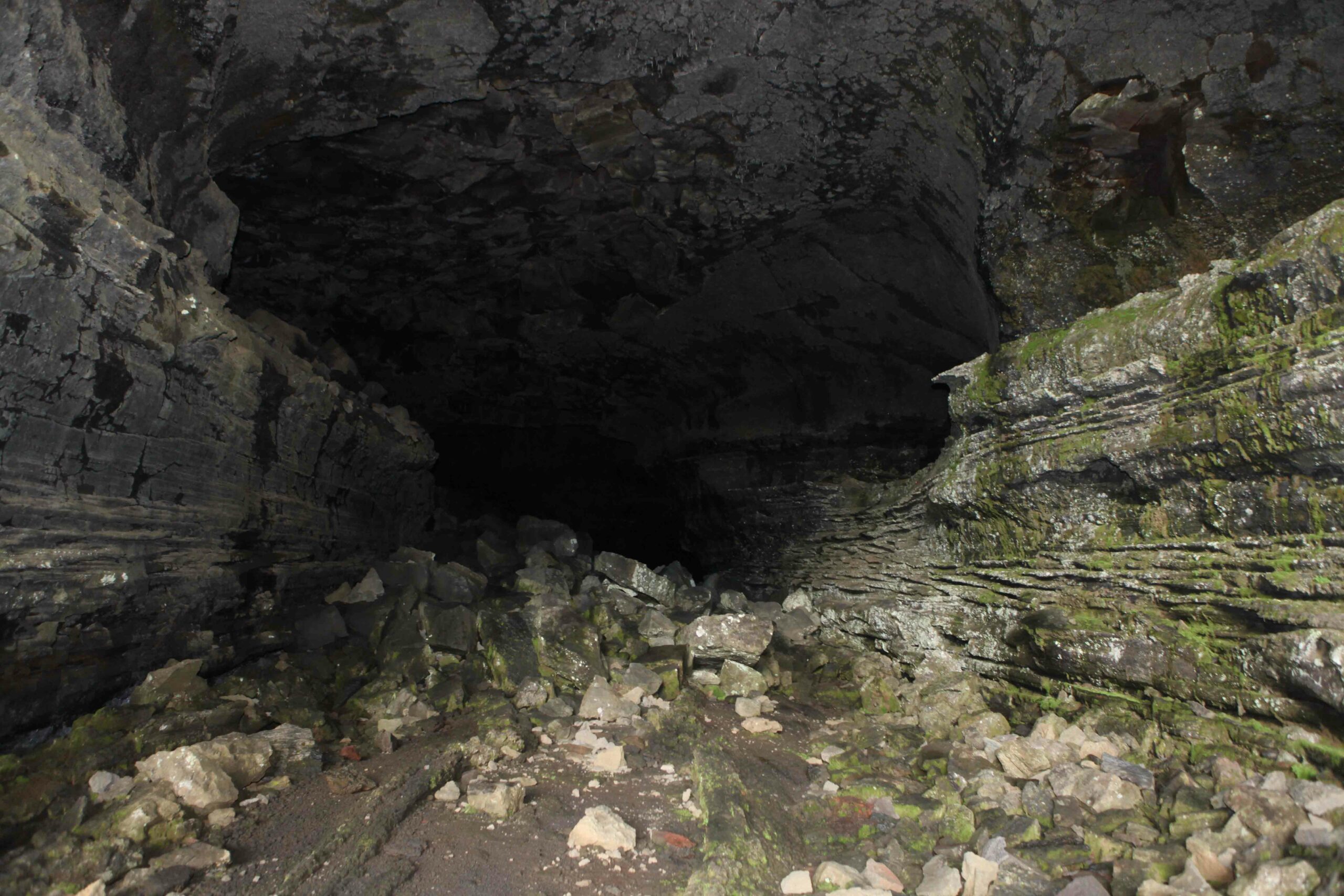
NEWCASTLE, ENGLAND—The remains of what may be among the oldest Anglo-Saxon churches in Northumbria have been discovered on the Holy Island of Lindisfarne, according to a report from Chronicle Live. An excavation led by Richard Carlton of Newcastle University has uncovered sandstone blocks that are around three feet long, foundations that measure more than three feet wide, what appears to be an altar base, and the division between the church’s nave and chancel. The church was located on the Heugh, a ridge on the island offering a vantage on Bamburgh, where the Northumbrians had their royal capital. The church is thought to date to between A.D. 630 and 1050, most likely on the earlier end of the span, and may have been built on the same site where St. Aidan raised a wooden church in A.D. 635. “There are not many churches of potentially the seventh or eighth Centuries known in medieval Northumbria, which stretched from the Humber to the Forth,” said Carlton. “It adds another chapter to the history of Holy Island.” To read in-depth about the Northumbrians’ royal seat at Bamburgh, go to “Letter from England: Stronghold of the Kings in the North.”










